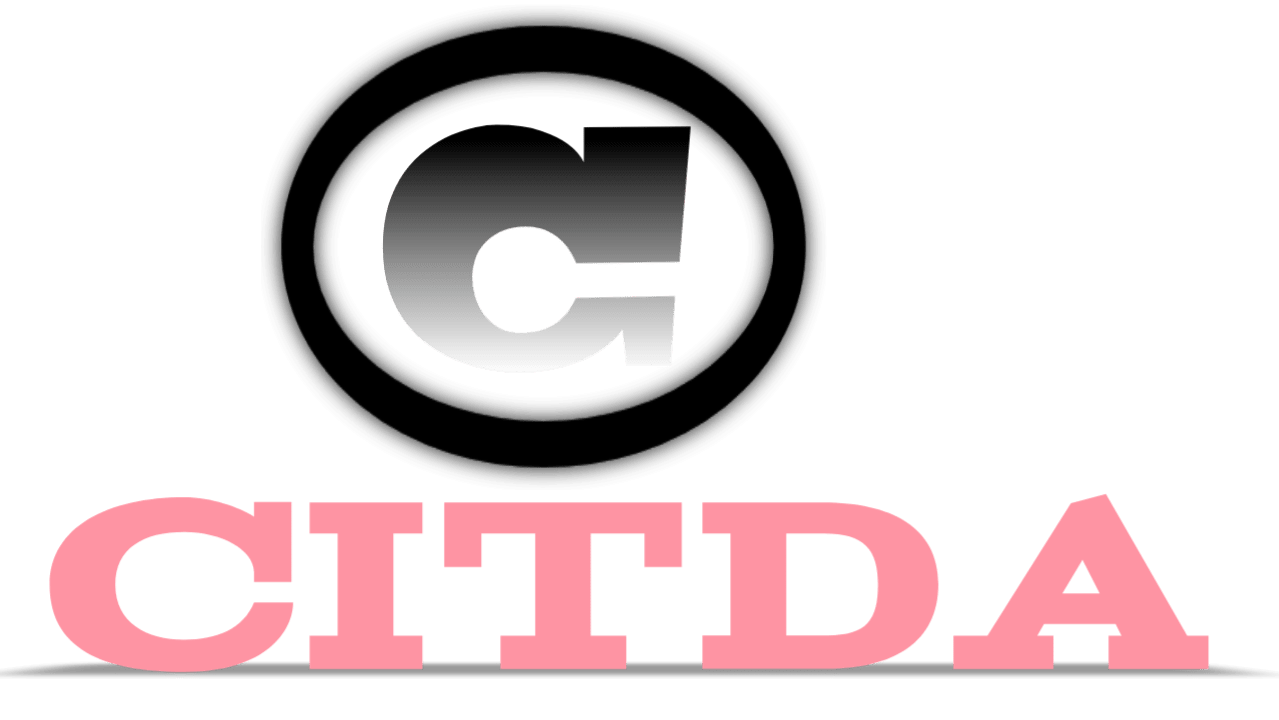Computer Integrated Textile Design Association: What Is It?
CITDA can create graphic representations in two dimensions (2D) and three dimensions (3D), but for this article, we will focus only on the CITDA system applied to the fashion and clothing industry.
CITDA systems began to be commercialized in the ’90s and were quickly assimilated by the industry because their benefits were obvious and could guarantee the competitiveness of the company.
What Does It Consist Of?
 A Citda System Is Made Up Of Three Parts:
A Citda System Is Made Up Of Three Parts:
– The first is the data entry that can be through a digitizing table or a full-scale scanner.
– The second part is the application or program that receives the data and creates the images on the screen. This is the computer where the other components are physically connected.
– The third part is the output or printing of images by using pen plotters.
This configuration is considered a basic CITDA system, or also called a workstation, and can be adapted to form a network of stations.
At first, this technology was applied in two dimensions (2D), and the process was as follows.
First, the bases were digitized without considering the widths of the seams. These bases were the essential pieces of the pattern, for example, a front, a back, a sleeve, and a collar. If the piece was rectangular, it was created directly on the screen.
Once the piece was on the screen, the silhouette (contour lines) and the notches were reviewed to ensure a true copy of the original. In addition, the dimensions of the piece were measured on the screen to see if it coincided with the original.
Finally, the piece was sent to the plotter and compared with the original piece of cardboard, superimposing it but considering a tolerance of 2 millimeters.
This process ensured that the pattern base was ready to use. The result was a certified foundation for the new collection, and any modeler could use it without reservation.
What Benefits Does This Technology Bring?
1 . Time-Saving
Let us remember that before the CITDA system, we had paper technology, which allowed us to keep the most successful collections in warehouses, hanging patterns in rows.
To locate the desired pattern, you had to review them one by one until you found the pieces that could be reused in the new collection. This search took, on average, two hours.
In the CITDA system, the modeler can find a base or pattern in seconds, even placed on the screen and ready to be worked.
This system also saves space since it does not require warehouses to be set up to archive the models since these are saved on the computer’s hard drive. On the other hand, the approximate space of a physical warehouse is 4 x 8 meters, depending on the company’s facilities.
2 . Alterations Or Derived Parts
Formerly to make a derivation of the piece, we had to copy it on paper, draw the fold, fold the paper, and finally cut the outline of the piece.
The approximate time to do the operation was 10 minutes, depending on how many folds the piece has and not including the scaled sizes.
In the new system, the same transformation of the piece can be executed in 2 minutes; therefore, making a cut, moving a clamp, or making a bend takes a few clicks, with some pauses to enter a sewing value or a depth value of the fold.
 3 . Preparation Of The Model For Production
3 . Preparation Of The Model For Production
Another factor that also influences the saving of time is the preparation of the model for production.
Pre-production work involves standardizing seam widths, hem hems, and hemlines, defining a numeric or alphanumeric size range, generating a measurement table for the technical data sheet or for quality control, and creating scaling rules. That makes up the graduation nest of each piece, among others.
Before, it was normal for the modeler to choose to work with a certain base, which was already scaled, like each derived piece. The approximate time of this pre-production job was a full day, or more, depending on the range of sizes to be produced.
4 . Accuracy And Original Quality
The CITDA system has the ability to clone the structure of a model. Each line, notch, hole, measure, or scaling rule is identical to the original.
In contrast, when moving a piece on paper, quality is lost since you work on a copy of the original.
5 . Save Material And Reduce Waste
With the previous system, when we wanted to cut a sample, the cutter would chalk the contours of the pieces on the fabric in a single size (base size); therefore, poor use of the material was obtained, of around 45% a 55%, depending on the width of the fabric and the geometries of the pieces.
The use of material can reach up to 86%, depending on the width of the fabric and the geometries of the pieces. The more curved the part, the more waste.
The simulation result is always closer to reality and saves fabric, which in the end translates into lower cost. In addition, this simulation can be applied to other materials, such as lining, fused, etc.
When a comparison is made between paper technology and a CITDA system, when paying for a prototype, a great improvement in the use of the material to be cut becomes evident.





